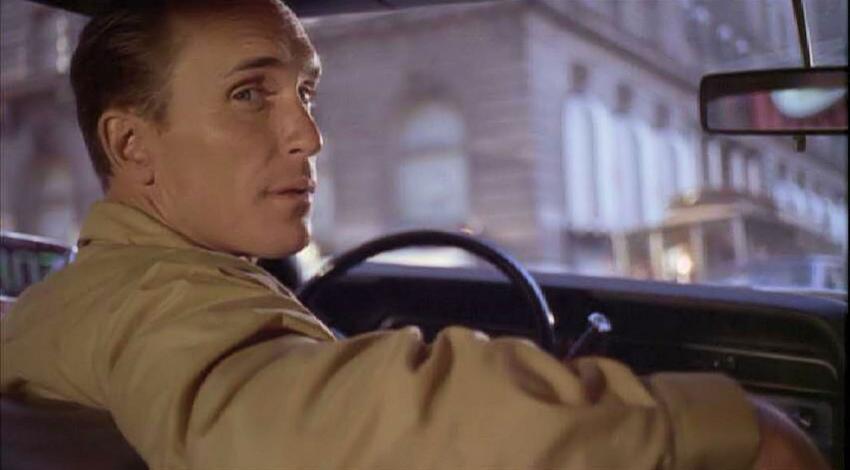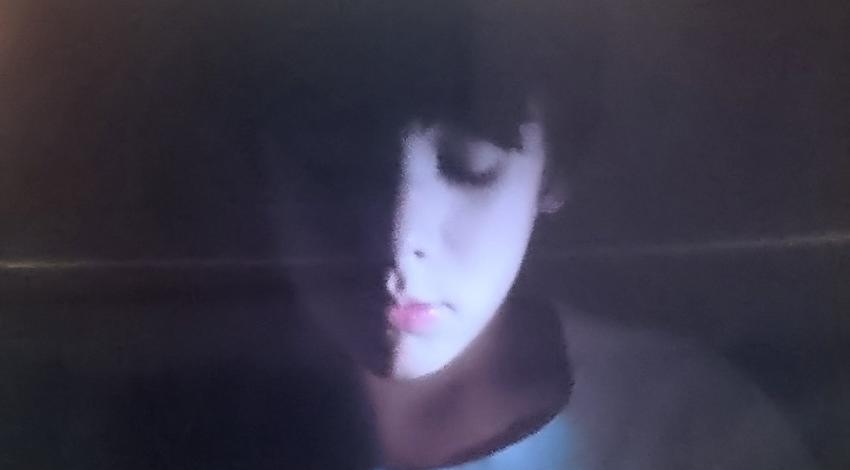Roy Wagner, ASC | Favorite Forgotten Films
 The Camera Department
The Camera Department
Born in a very small community in the mid west Roy had no other contact to his dream of becoming a cinematographer than through the local theater and the Los Angeles phone directory. He would recall the names of cinematographers as they appeared on their films and call them blindly to talk with them about their work.
Many of them were so surprised by this young man's ambition and interest that they took him under their wing, mentoring him. When he arrived in Los Angeles he spent every moment with them on their sets and homes learning as much about them and their work as he could. Because of this he was able to meet and befriend many of the greatest cinematographers in Hollywood. His key mentor was Harry Stradling Sr. Through him he developed friendships with Joseph Ruttenberg, George Folsey, James Wong Howe, Leon Shamroy, Frank Phillipd, Leonard South, and many many others
In the late 70's he began a life long process of interviewing cinematographers on video tape or film. A deep reverence for all that is old Hollywood remains a great part of his life and the memory of the behind the scene stories told him as a young man is an important basis for his life and work
Charlton Heston, James Stewart, Betty Hutton, Lane Chandler | "The Greatest Show on Earth" (1952)
Although I saw many films before this, I recall the power that The Greatest Show on Earth held over me as a child. The sense of showmanship and the scope drawn into that one-dimensional screen captured my imagination. I recall that, at the time, it suggested the power of which the cinema was capable.
One of the first films in which I remember acknowledging the cinematography was Harry Stradling Sr.'s Streetcar Named Desire. The power that light and shadow played in defining the characters and influencing the storytelling will forever be written in my spirit. I later saw that same use of light and shadow in Gregg Toland's work on The Dead End.
James Wong Howe's use of single source lighting and almost documentary photography in Hud was also a powerful influence. His work seemed to emulate the photo journalistic style represented in the great newspapers of his time. Haskell Wexler extended that sense of photojournalism with Medium Cool. The sequence in the car shooting through the non-polarized car window is still an example of the powerful use of the image to obscure, and then reveal, conflict within a character. I grew up in a small mid western town of 20,000 people, where I was dramatically influenced by American film. When we moved to Columbia, Missouri, I discovered Tati's Mon Oncle. The sense of child-like awe and humor that he could convey with a simply placed, observant camera sharply contrasted with the American need for coverage and intricate movement. I was also deeply influenced by the cinematography of Charles B. Lang, ASC. The film The Ghost Breakers was simply a Bob Hope comedy which could easily have been bright and overexposed, yet Lang created dynamic contrast and deeply shadowed images; he took the story seriously. In the classic ghost story, The Uninvited, he created a strong sense of space in a studio-bound film. I had the sense that I truly was in a haunted mansion on a cliff overlooking the ocean. Much later in my life, I saw Wait Until Dark. When Alan Arkin came into Audrey Hepburn's apartment and began to turn off the lights, finally playing a portion of the scene with only the light from a darkroom safelight on the far side of the screen, I was so deeply moved that I stayed a second time to see how Lang had created that illusion. While in college, I had the opportunity to see The Innocents photographed by Freddie Francis, BSC. It was black and white and CinemaScope. The manipulation of the anamorphic frame size through lighting and variable masking created a sense of claustrophobia as the story began to overpower the lead character, played by Deborah Kerr. William A. Fraker, ASC, and his voyeuristic use of the camera in Rosemary's Baby and Bullitt also greatly influenced my own discovery process. With the work of Christopher Challis, BSC, Private Live of Sherlock Holmes, and Douglas Slocombe, BSC, Travels with my Aunt and Julia, I discovered how cinematographers were beginning to employ subtle transitions in tonality. They were exploring the palette of middle grays, and defining them more sharply. And then Victorio Storaro, AIC, ASC, burst onto the scene with his bold use of color and light in all of his work: The Conformist, Last Tango in Paris, The Sheltering Sky, New York Stories (The Francis Ford Coppola segment: "Life Without Zoe")... Finally, the work of Gordon Willis, ASC, and Conrad Hall, ASC, influenced me most profoundly. Beginning with Willis' work on Little Murders, and then Klute, and ultimately, The Godfather, he taught me how powerful darkness was and gave me the courage to take risks with exposure. Conrad Hall did the same with In Cold Blood, his work showed me how powerful the image is in sub textually telling us the story--images telling the audience things that words can never express. More films are Butch Cassidy and the Sundance Kid, Fat City, Jennifer 8, and Searching for Bobby Fischer...cinematography that it would take tomes to discuss. What a deep heritage of masters that we have to learn from, and what a wonderful library of moving art that we have to discover.
Comments
Those really bring back some great memories.
I'll never forget watching Wait until Dark as a child. And who can forget "Butch Cassidy and the Sundance Kid"...
What's next?

















































































































































































